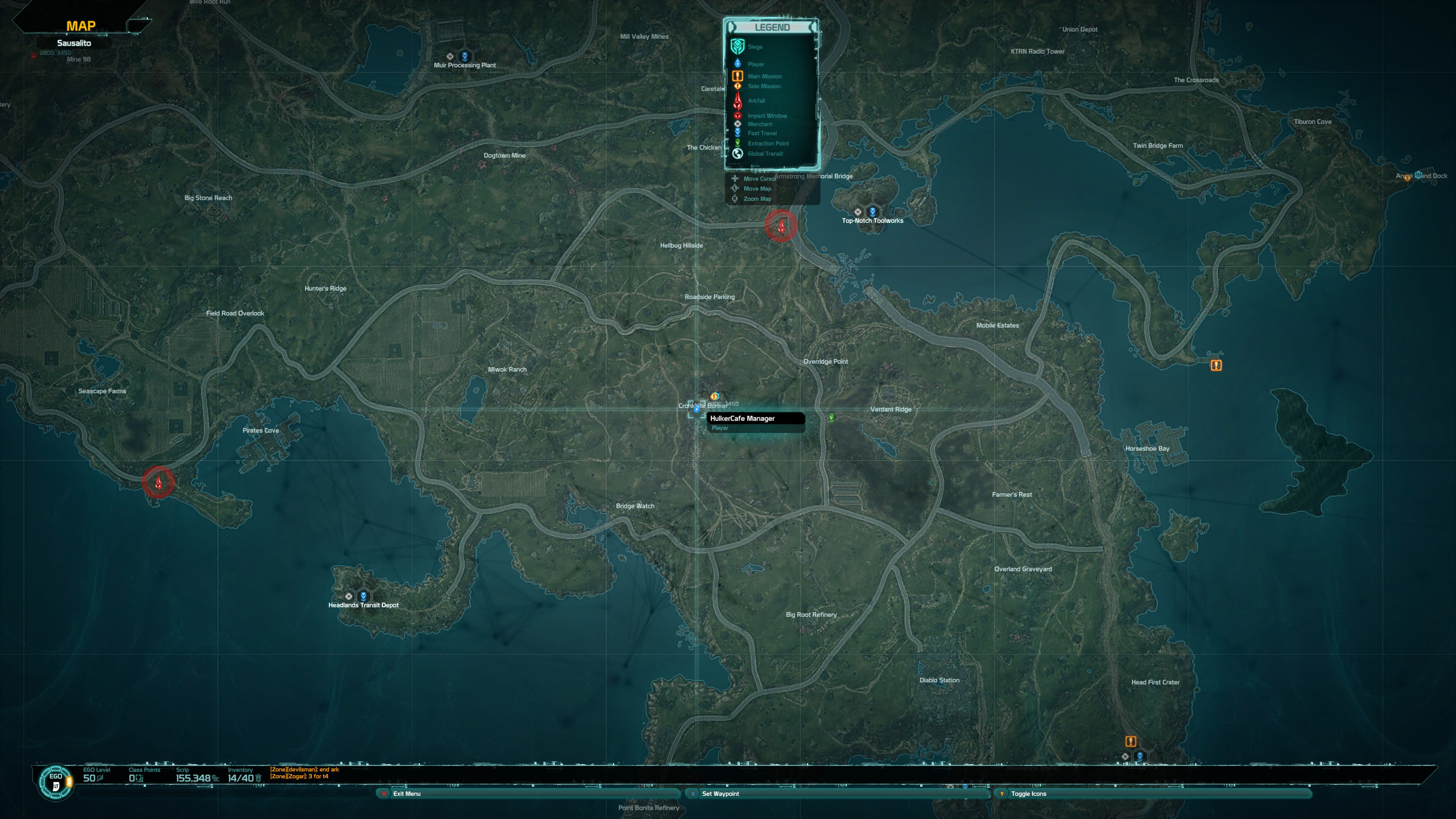


Leaf spot trials were conducted in conjunction w.Ī landholder-based approach to the design of private-land conservation programs. Sugar beet activities of the USDA-ARS East Lansing conducted in cooperation with Saginaw Research & Extension Center during 2013 (including Project 905)Įvaluation and rating plots were planted at the Saginaw Valley Research & Extension Center (SVREC) in Frankenmuth, MI in 2013 that focused on Cercospora leaf spot and Rhizoctonia seedling disease performance of a wide range of Beta vulgaris materials. All trials were planted, following normal fall and spring tillage operations, with a USDA-ARS modified John Deere/Almaco.
#Defiance meeting with ms ducar trial
Two evaluation plots were planted at the Saginaw Valley Research & Extension Center in Frankenmuth, MI in 2009 one agronomic trial and one combined Cercospora evaluation trial. Sugar Beet Activities of the USDA-ARS East Lansing Conducted in Cooperation with Saginaw Valley Bean and Beet Farm During 2009 USDA-ARS?s Scientific Manuscript databaseĮvaluation and rating plots were planted at the Saginaw Valley Research & Extension Center (SVREC) in Frankenmuth, MI in 2016 that focused on Cercospora leaf spot (CLS) and Rhizoctonia crown and root rot (CRR) disease performance of a wide range of Beta vulgaris materials. Sugar beet activities of the USDA-ARS East Lansing conducted in cooperation with Saginaw Research & Extension Center during 2016 Mixing scenarios, constrained by chloride concentrations and ?18O values in porewater samples, demonstrate that a mixing event involving subglacial recharge could have produced the groundwater chemistry currently observed in the Saginaw Lowlands area. This area of reversed vertical gradient is largely commensurate with the distribution of isotopically light groundwater presently found in the study area. In contrast to the present groundwater flow conditions, the Port Huron ice-induced hydraulic-loading model generates a groundwater-flow reversal that is localized to the region of a Pleistocene ice sheet and proglacial lake. The calculated shoreline discharge of groundwater to Saginaw Bay is also relatively small (1.13 m3 s-1 or ?40 cfs) because of low gradients across the Saginaw Lowlands area and the low hydraulic conductivities of lodgement tills and glacial-lake clays surrounding the bay. Bedrock lithology appears to regulate the rate of groundwater discharge, as the portion of the Saginaw Bay floor underlain by the Michigan confining unit exhibits an order of magnitude lower flux than the portion underlain by the Saginaw aquifer.

Despite this potential for flow, simulated groundwater discharge through the Saginaw Bay floor constitutes only 0.028 m3 s-1 (?1 cfs). Output from the groundwater-flow model indicates that, at present conditions, head in the Marshall aquifer beneath Saginaw Bay exceeds the modern lake elevation by as much as 21 m. These models were further used to constrain the origin of saline, isotopically light groundwater, and porewater from the study area. Two numerical models, one simulating present groundwater flow conditions and one simulating ice-induced hydraulic loading from the Port Huron ice advance, were used to characterize both modern and Pleistocene groundwater exchange between the Michigan Basin and near-surface water systems of Saginaw Bay (Lake Huron) and the surrounding Saginaw Lowlands area.

Report from a technical assistance project with Saginaw, MI, gives the city options to consider to stabilize neighborhoods through sustainable reuse of abandoned properties, including redeveloping them as green infrastructure, and to create opportunities.Īnalysis of modern and Pleistocene hydrologic exchange between Saginaw Bay (Lake Huron) and the Saginaw Lowlands area Managing Vacant and Abandoned Property in the Green Zone of Saginaw, Michigan International Airport and updating the geographic coordinates within Class D airspace to coincide with the FAA's. Class D airspace within the Saginaw, MI, area by changing the name of the airport from Tri-City. 11-AGL-24] Amendment of Class D Airspace Saginaw, MI AGENCY: Federal. We received one.ħ7 FR 5169 - Amendment of Class D Airspace Saginaw, MI Operation Regulation Saginaw River, Bay City, MI, in the Federal Register (76 FR 76637). Lafayette Street Bridge at mile 6.78, all over the Saginaw River at Bay City, MI. AA09 Drawbridge Operation Regulation Saginaw River, Bay City, MI AGENCY: Coast Guard, DHS. 77 FR 21864 - Drawbridge Operation Regulation Saginaw River, Bay City, MIįederal Register 2010, 2011, 2012, 2013, 2014


 0 kommentar(er)
0 kommentar(er)
